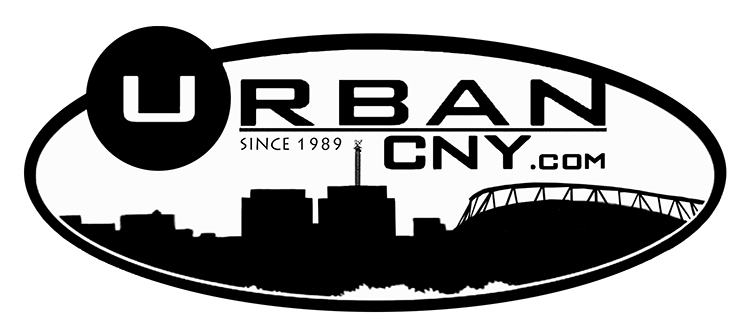Exhibition to Open at Everson Museum of Art June 16, 2007
[photo caption] Yorùbá, ca. 20th century. Gelede mask with suku braid or basket weave hairdo. Wood, 7 ½ x 10 in. Accession No. COP2002.183 (81205). Courtesy of Longyear Museum of Anthropology, Colgate University. Photo by Warren Wheeler, Colgate University.
SYRACUSE, NY – The Everson Museum of Art in Syracuse, NY, announces the arrival of African Shapes of the Sacred: Yorùbá Religious Art, an exhibition organized by the Longyear Museum of Anthropology at Colgate University. This extraordinary collection of African religious objects will be on view June 16 – September 16, 2007.
African Shapes of the Sacred: Yorùbá Religious Art includes 90, mostly 20th century traditional objects such as figures, masks, headdresses, divination trays, staffs, vessels and shrine furniture. The art works in this exhibition serve to honor ancestors, venerate the earth and are used in divinity worship. Divinity pieces are used to communicate and give reverence to specific deities as well as for shrine beautification, rituals and festivals.
The Yorùbá people constitute one of the most populous groups in West Africa, numbering more than 20 million people living primarily in Nigeria, as well as parts of the Republic of Benin and Togo. Although the term Yorùbá did not come into use until the 19th century, the people have inhabited this area of Africa since 500 BCE and developed a stable urban life by 1000 CE.
An opening night reception and lecture will be held June 15, 5:30 – 8 p.m. Dr. Carol Ann Lorenz, senior curator at the Longyear Museum and curator of the exhibition will discuss the religious aspect and function of various religious art objects at the opening night lecture at 5:30 p.m. All are invited to enjoy light hors d’oeuvres, a cash bar and African drumming by Biboti Ouikahilo as they preview the exhibition beginning at 6 p.m. The reception and lecture are free for members, $10 for non-members.
For a complete listing of events and programs related to African Shapes of the Sacred: Yorùbá Religious Art please visit http://www.everson.org.
ABOUT THE EVERSON
The Everson Museum of Art, whose roots extend to 1897, is internationally recognized for its extensive and significant collection of ceramics, its pioneering art video collection and its distinctive structural design by the noted architect I.M. Pei. In addition to exhibitions, the Everson presents a monthly Contemporary Film Series, regular Artists Open events and a wide variety of art education programs for adults and children.
The Everson is open to the public Tuesday – Friday and Sunday Noon – 5 p.m., Saturday 10 a.m. – 5 p.m. Admission is free with a suggested donation of $5 per person. For more information please visit http://www.everson.org.









